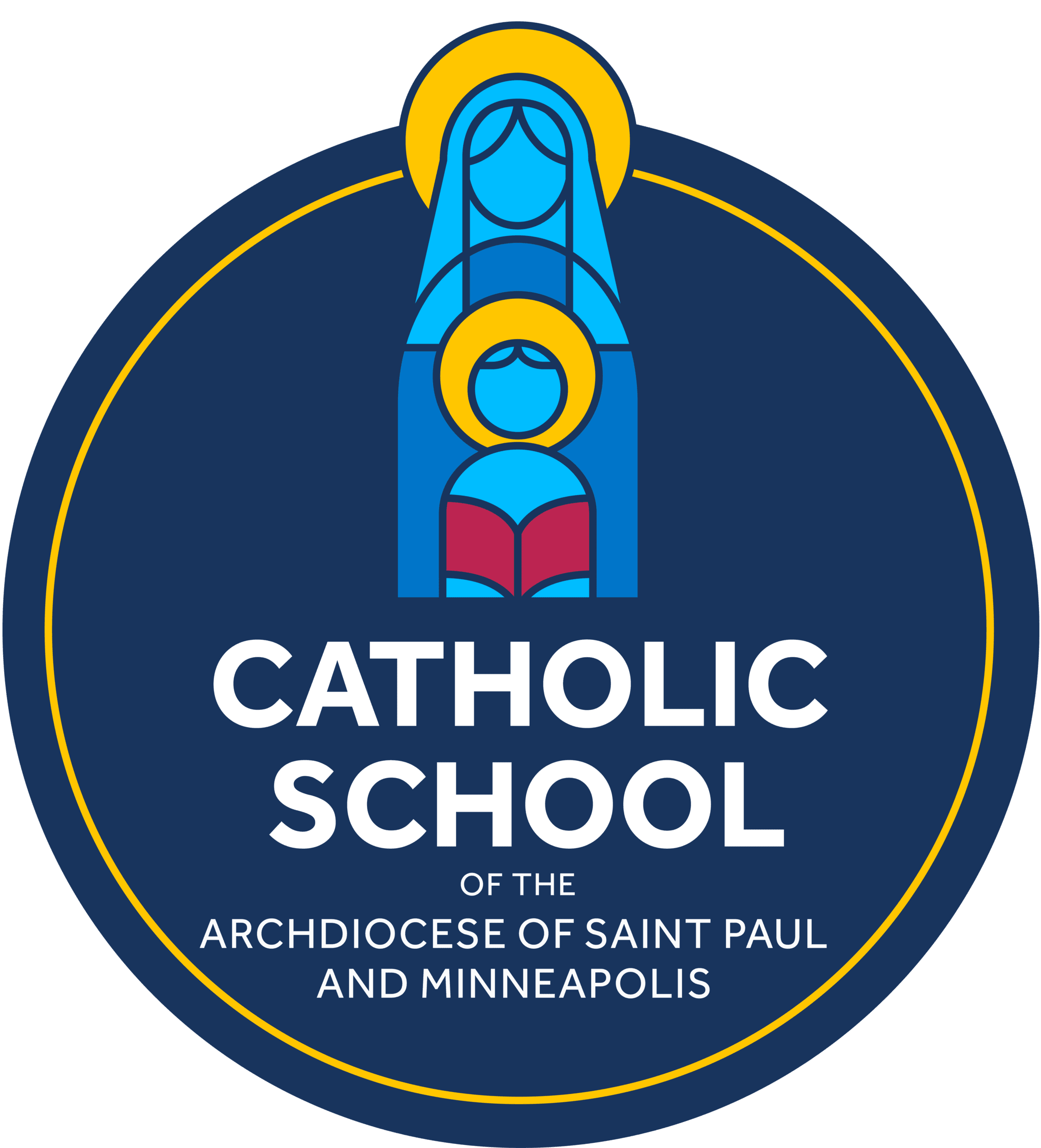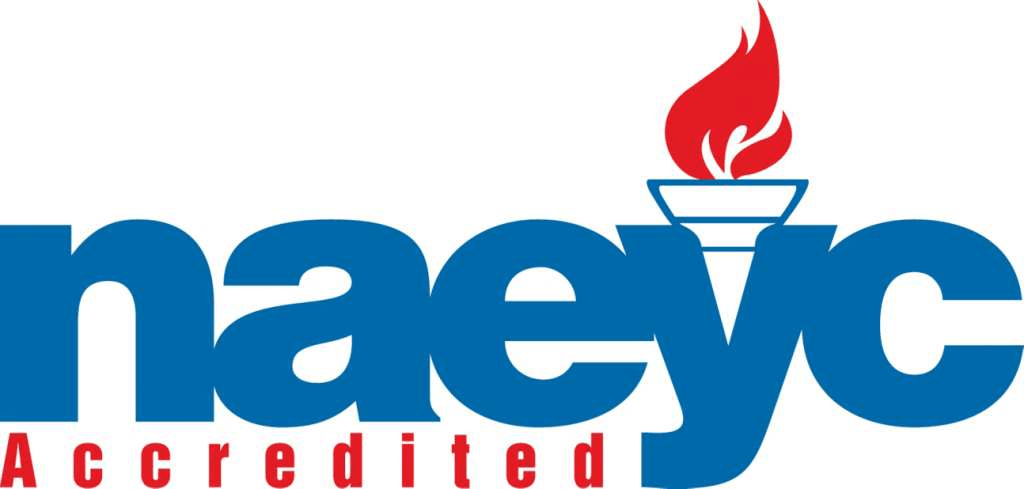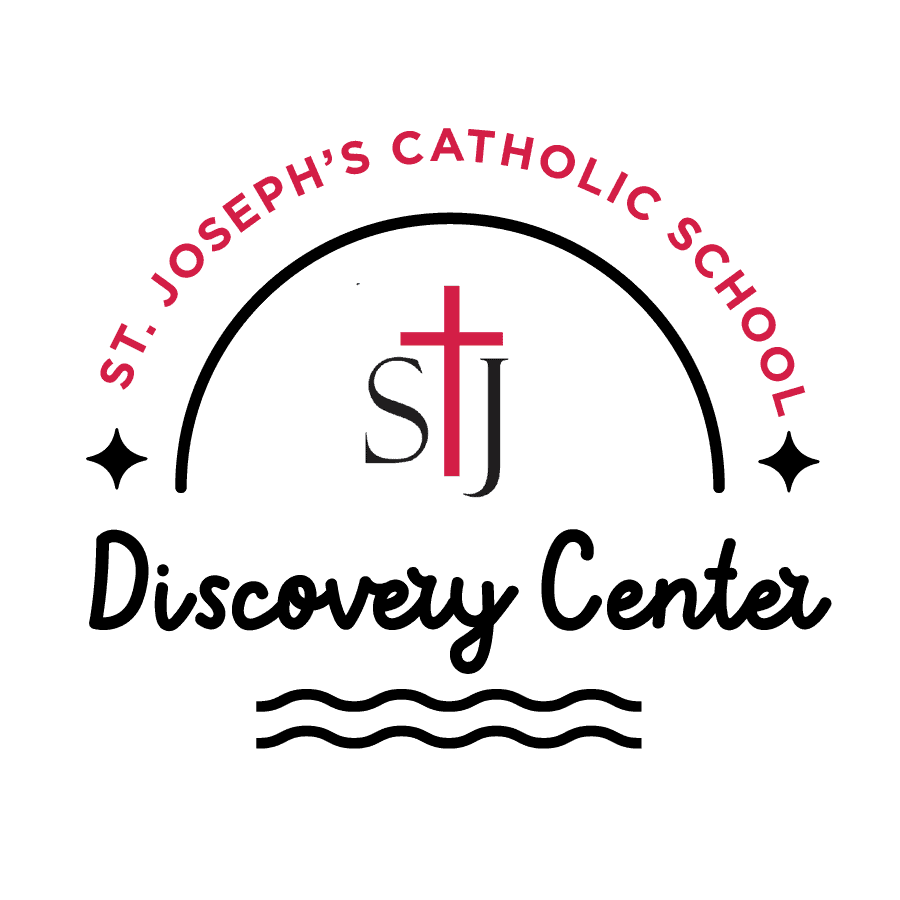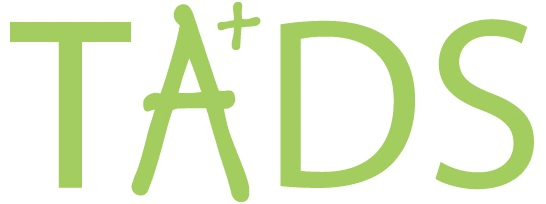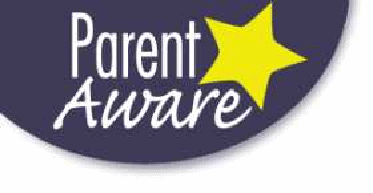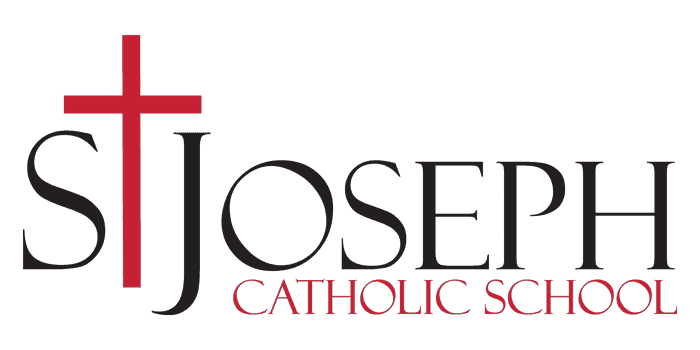Fourth grade is a year of joy and rigor. Students will be engaged in meaningful inquiry based learning opportunities in all areas of the curriculum. Fourth grade is a year of developing personal responsibility.
In fourth grade, we focus on the study of the Ten Commandments and the Beatitudes. Students learn how these teachings can help them to develop into good, happy, Christian people. We also focus our study on Mary, the Saints, and the liturgical year. Fourth graders are given many opportunities to live their faith through prayer, and other acts of service and kindness.
Cycle A: Even Years
Land and Water Unit: Using a stream table, students explore different interactions between land and water, such as how runoff causes stream formation; how groundwater forms; how soil is eroded, transported, and deposited; and how water shapes the land. The unit Land and water invites students to manipulate their model, create hills, build dams, and grow vegetation to observe how these things affect land and water interactions. Students come to understand how water shapes the land and how, in turn the land directs the flow of water.
- Field Trip: Visit Lowry Nature Center each fall to investigate different water areas and the water cycle.
Electric Circuits: In Electric Circuits, students investigate electricity by wiring a circuit to light a bulb. They come to understand that a circuit must form a complete circle through which electric current can pass in order to light the bulb. Students use this knowledge to explore other electrical concepts, such as what conductors and insulators, diodes, and the symbolic language of electricity. Student apply what they learned in a final activity in which they design and implement a wiring plan for a cardboard house.
- Field Trip: At the beginning of our Electrical Circuits unit we visit the Bakken Museum. This field trip focuses on circuits and batteries. It is a great way to kick off the unit!
Microworlds: In Microworlds, students explore magnifiers, lenses and microscopes that can be used to extend the sense of sight to view objects in greater detail. By observing everyday objects with a variety of lenses, students learn that a magnifier must be transparent and curved. Students use a microscope, learn the functions of all its parts, and practice proper lighting and focusing techniques. Preparing their own slides, students are able to view onion skin under magnification. Students turn their attention to living specimens and view three microorganisms—Volvox, Blepharisma, and vinegar eels. Observing the structure of these microorganisms, and how they move, feed, grow, and multiply, develops the students’ sense of microbial life and interactions among living things and between living things and their environment.
- Field Trip: Students will return to the Lowry Nature Center to explore the Microorganism World that is in our backyard.
Cycle B: Odd Years
Ecosystems Unit: “students set up terrariums for crickets and isopods and aquariums that contain duckweed, algae, elodea, guppies, and snails. Connecting the two habitats to create an 'ecocolumn,' students observe the relationship between the two environments and the organisms living within them" (Carolina Science, 2014).
- Field Trip: Students will attend the Lowry Nature Center for an experience one living organisms and their ecosystem.
Motion and Design Unit "combines the physics of forces and motion with technological design. Students use plastic construction materials, weights, rubber bands, and propellers to design and build vehicles, then test how those vehicles respond to different forces of motion" (Carolina Science, 2014).
- Field Trip: Students will go to the Minnesota Science Museum.
Plant Growth and Development unit provides students with the opportunity to grow their own plants. "Using plants that complete their life cycle in 35 days, students are able to watch germination and maturation while learning about the specific parts of a plant and the function each serves" (Carolina Science, 2014).
Field Trip: Students will return to the Lowry Nature Center to observe plant growth and development.
In December, January, and February students participate individually in the science fair. Students come up with original ideas that follow either the scientific method. Students first research the concepts and then perform an experiment in order to solve the problem or scientific question that they have stated. Students are judged, and those with the top projects have the opportunity to move on to a diocesan-wide STEM fair.
Technology leads to engaging learning opportunities for 4th-grade students. Students use technology to research and create meaningful products to share with others. The use of technology transforms the learning experience and makes learning come alive for students. Students will become proficient in their use of Google Slides and Docs. They will also use technology when doing some of their project-based learning STEM assessments.
Students in fourth grade take part in engineering activities as part of their Smart Lab and Science Curriculum. In the Smart Lab, students are engaged in Kinex building, Zome tools, Pixie, Animationish, design build challenges, digital photography, and much more. In Science, students are given multiple opportunities to design and test out their designs throughout our Land and Water, Electrical Circuits Units, and Motion and Design Units. As a culminating activity in Land and Water, students design a dam and test it to see if it will save their town. As a culminating activity for our study of electricity, the children wire their own houses. As a culminating activity in Motion and Design, they will design a vehicle and test it for motion.
In 4th grade, students are actively involved in learning math. They have opportunities to become engaged in the lessons, to collaborate, practice “math talk” with their classmates, and explore and practice mathematics skills on their own through the use of manipulatives and technology. The class will be a combination of the whole group, small groups, and individual work time.
Big Ideas for grade 4:
- Place Value and Operations
- Multiplication with Whole Numbers
- Division with Whole Numbers
- Equations and word problems
- Measurement
- Fraction Concepts and Operations
- Fractions and decimals
- Geometry
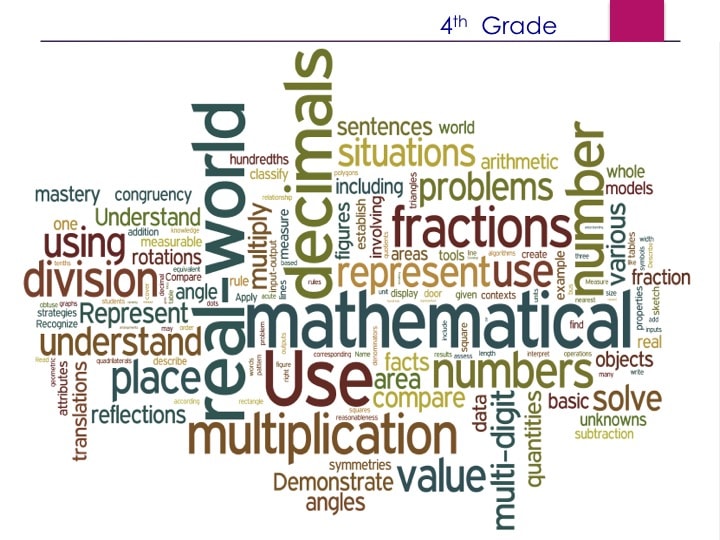
Reading: Students will be working in Book Club group settings to focus on reading different genres of literature provided through HMH. As they read they will answer questions based on the target skill we are focusing on in the classroom. Not all but some Book Club books will end with a project-based learning Stem Assessment to build group work skills.
English/ Writing: Students will continue with their study of grammar and writing. Our focus for grammar will be mini-lessons that allow them to dig deeper into grammar topics and skills. We will focus our writing on narrative, description, opinion, imagination, poetry, and letters.
Vocabulary: The children will learn new critical vocabulary words each week that goes along with our short reading in HMH. They will have the words in a vocabulary notebook and displayed in the classroom so that they are able to use them during their writing. Each writing assignment will require students to use a certain amount of critical vocabulary words in the correct context.
Spelling: Students will have weekly spelling lessons based on different spelling patterns and letter sounds. Spelling practice takes place throughout the week culminating with a test on Fridays.
Cycle A: Even Years
The curriculum focuses on the United States and its regions. The children will learn about the geography, history, climate, and economy of each region. They will host a Presidential Wax Museum. Project-based learning STEM assessments will be used for each standard.
Cycle B: Odd Years
The curriculum focuses on Immigration, Westward Expansion, the Civil War, and Revolution. They will learn about how our government was built. Project-based learning STEM assessments will be used for each standard.

